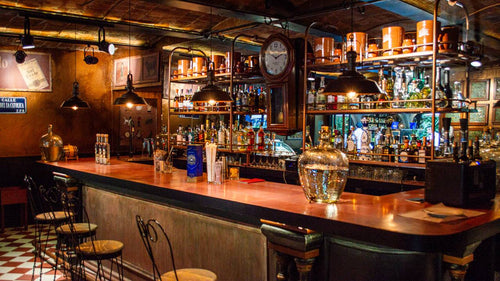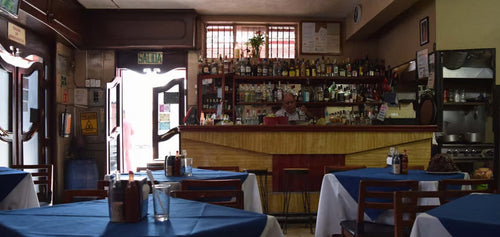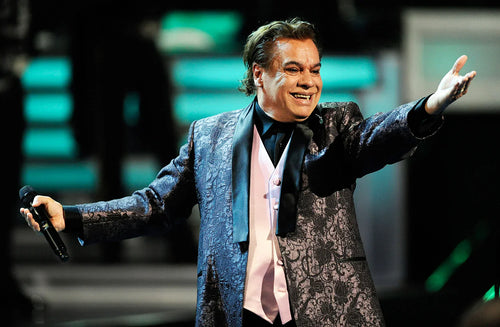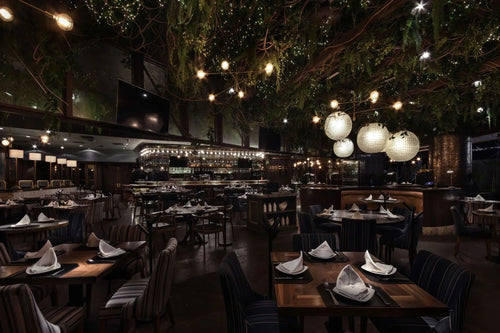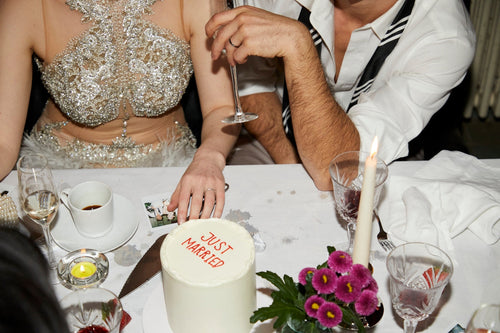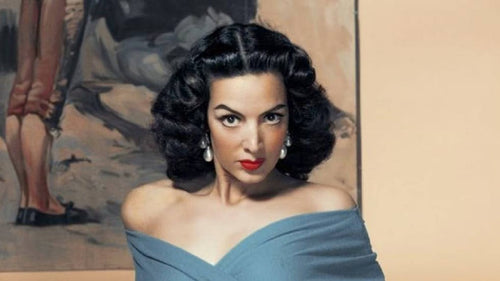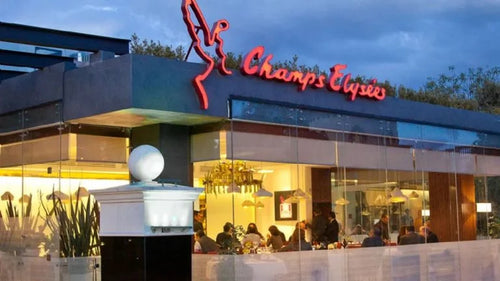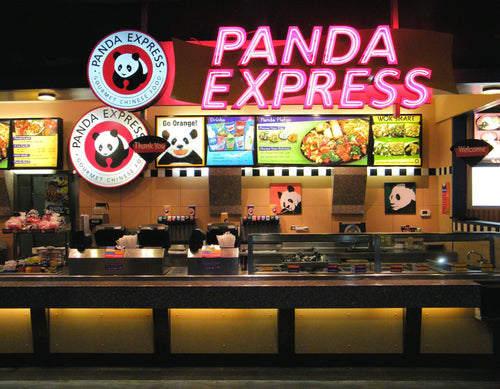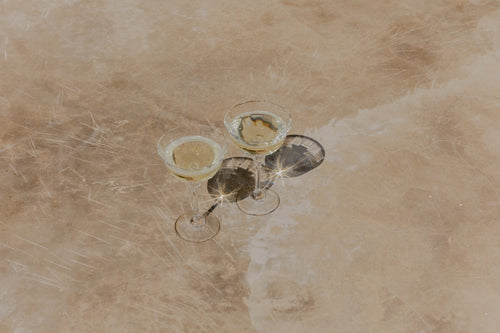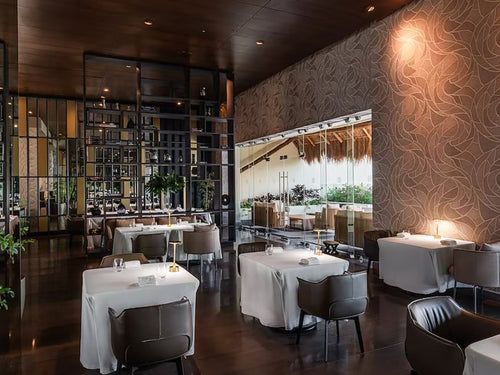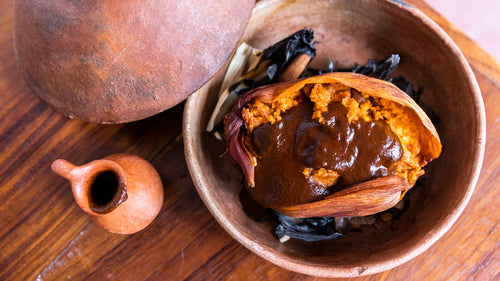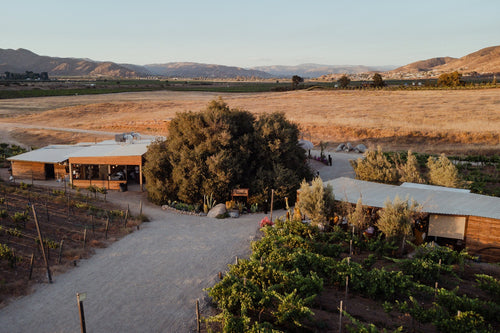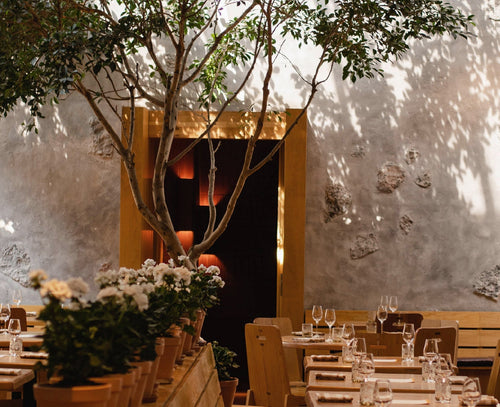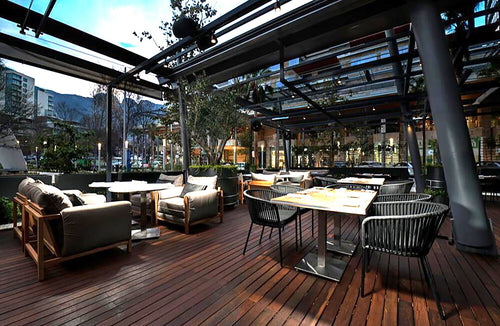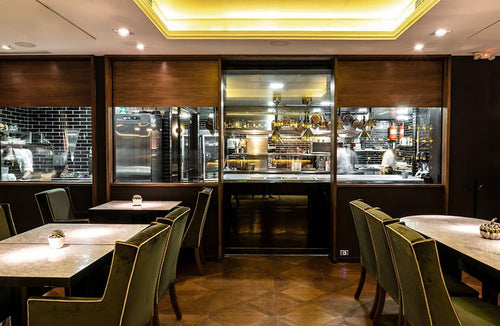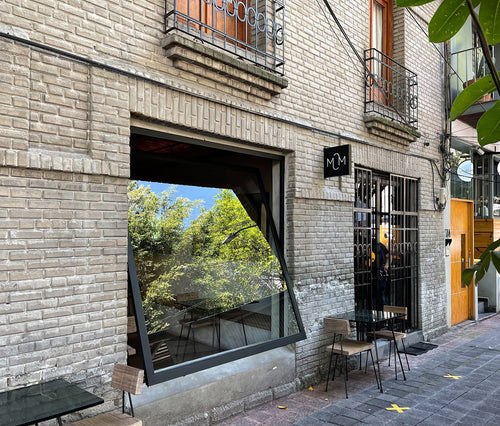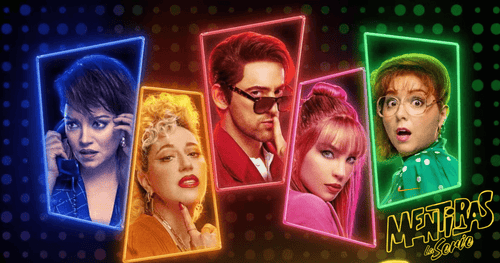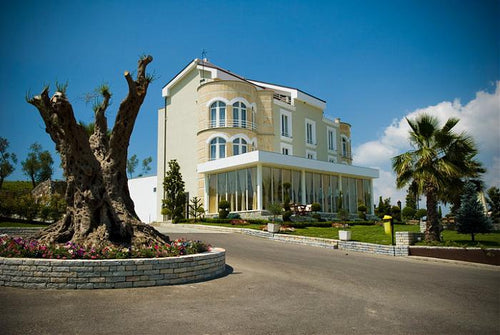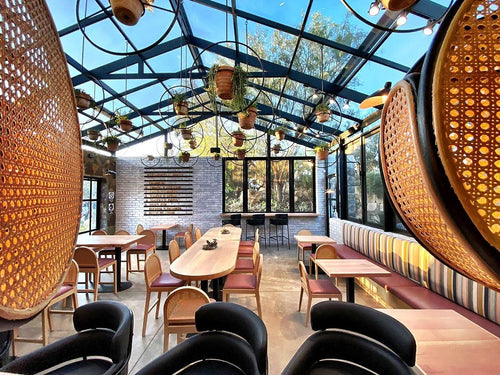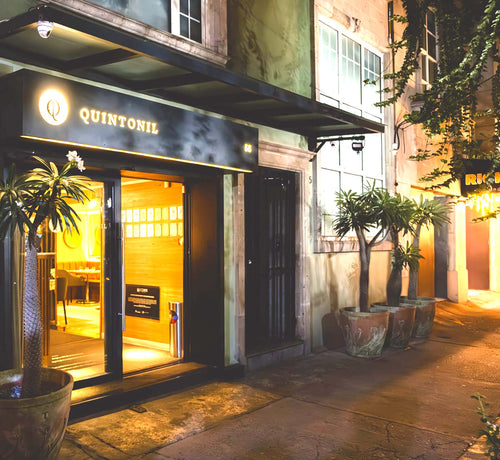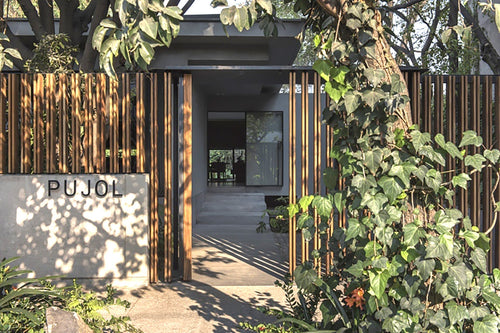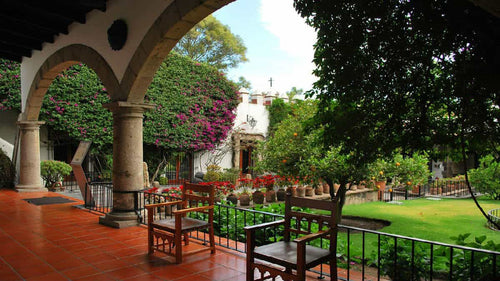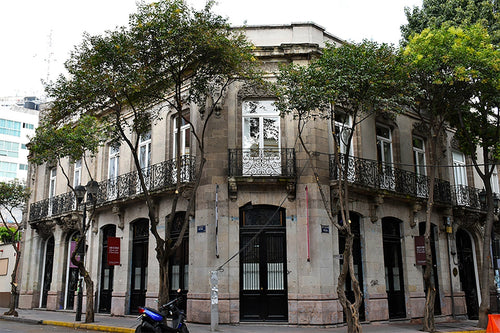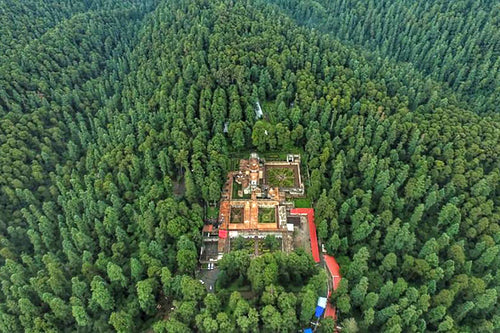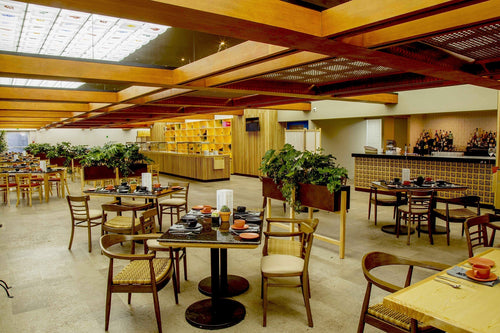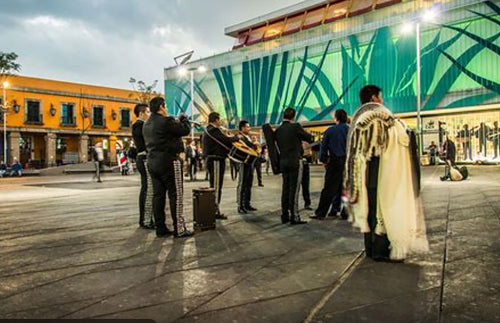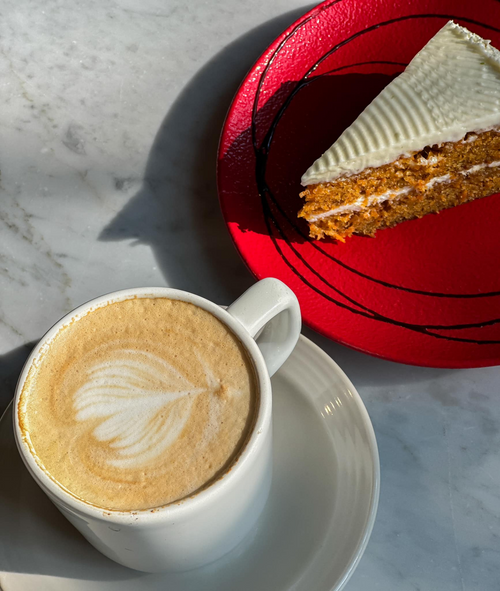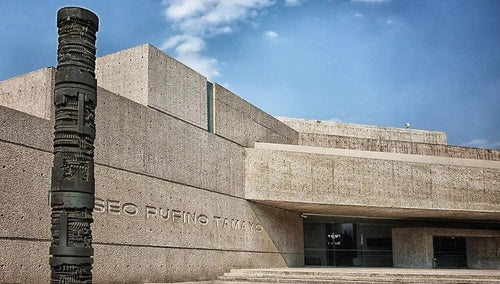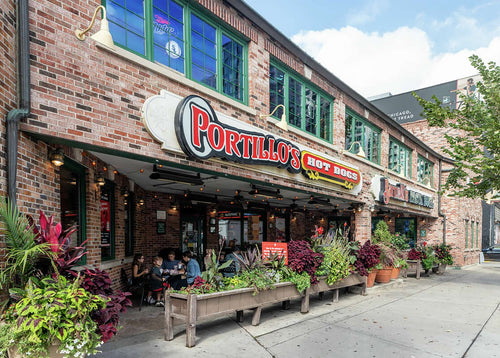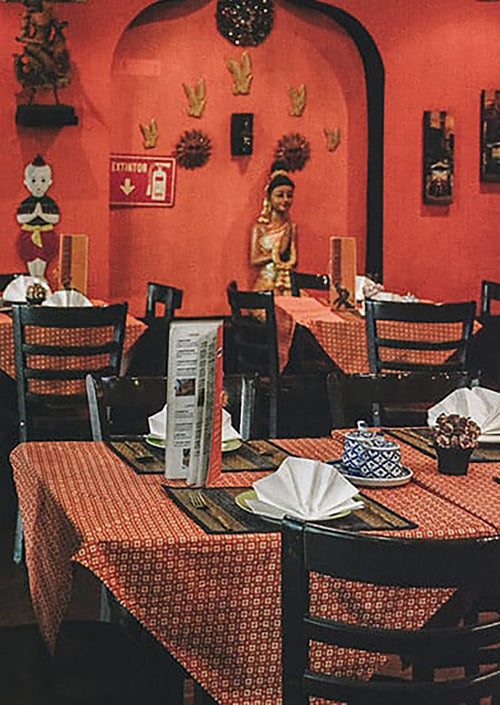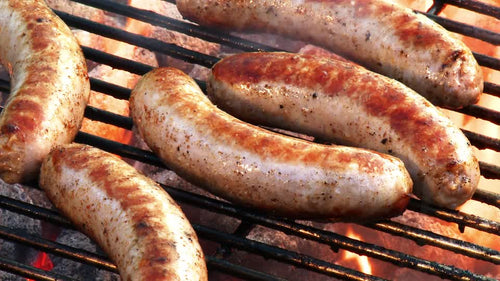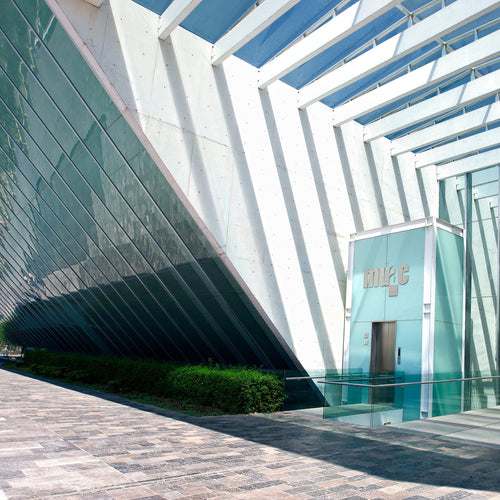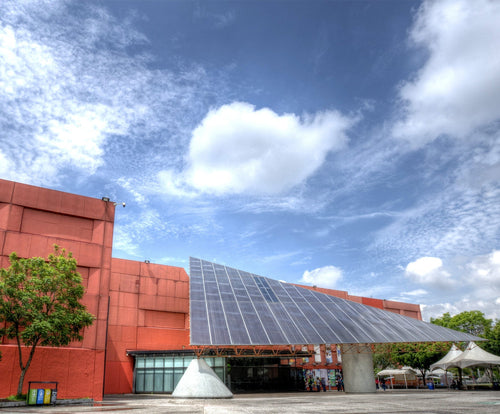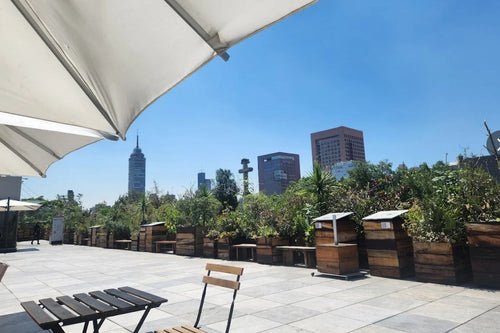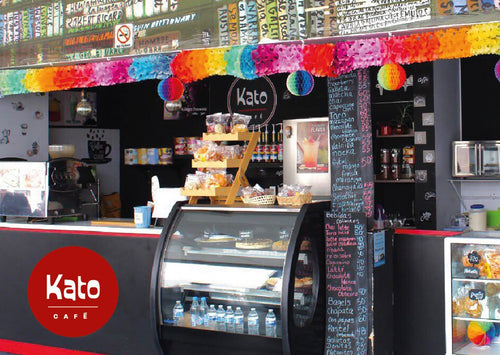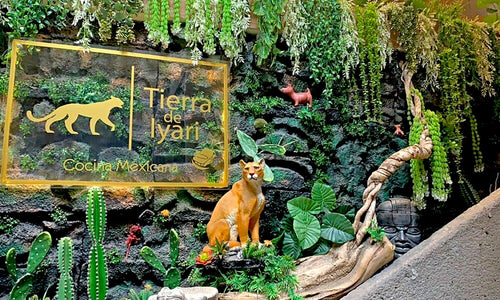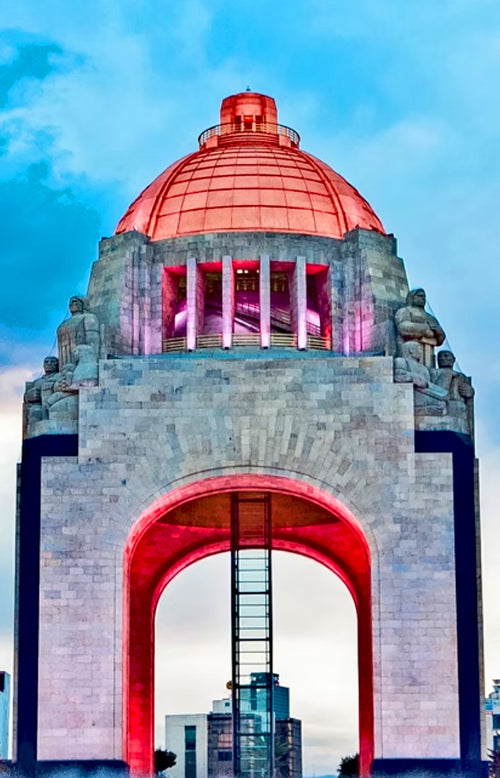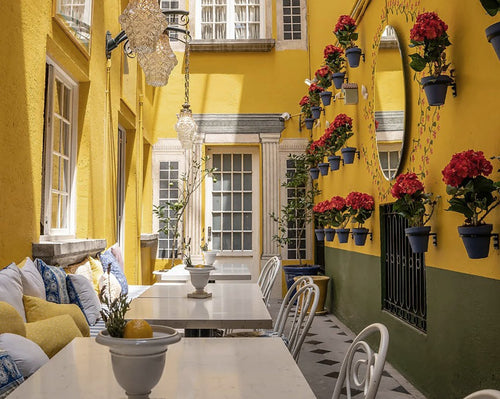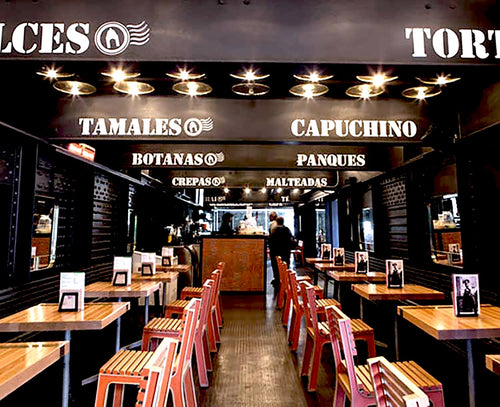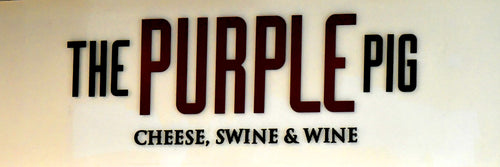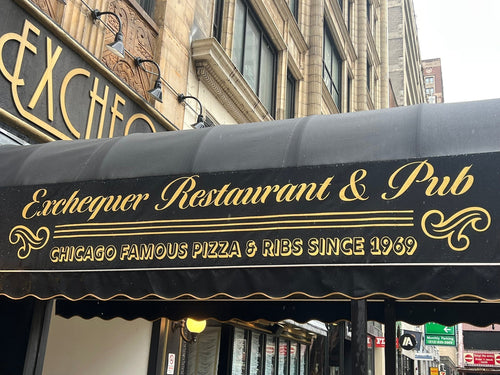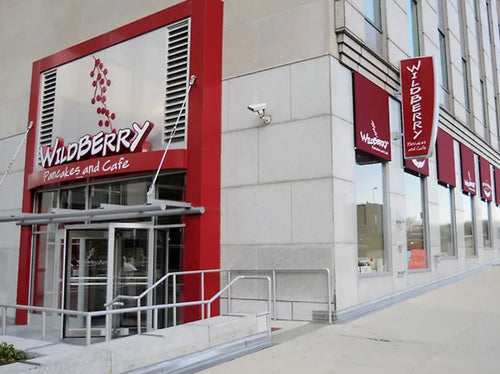Guide to cabarets in CDMX: Barba Azul, when the light goes out, modesty is superfluous
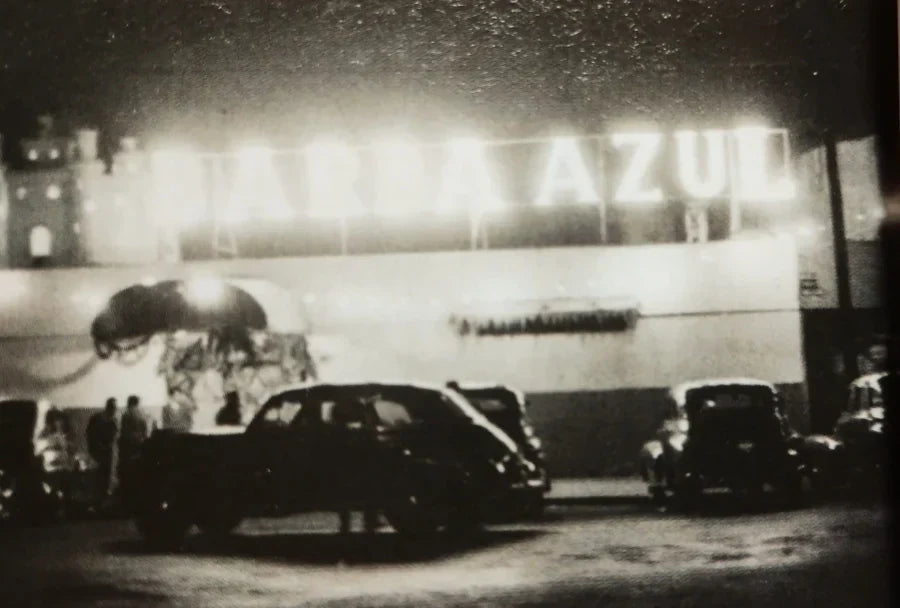
By Jajo Crespo / Photos Barba Azul Facebook
It is said that the word “cabaret” comes from French and means “place of recreation.” It is said that it came to French from Picard, and to it from Latin, and to it from Greek, and that it is nothing more than a parallel evolution of the word “chambre” (room) from French. But, what cannot be explained academically is the symbolic meaning, what comes to mind when we think of “cabaret”: red and blue neon lights, “it was in a cabaret / where I found you / dancing”, catchy dance , loud laughter, “”The whole atmosphere smells of the sea / very hot / sweat on the skin / sweat that tastes like salt”, a danzón, salsa, ficheras cinema, a lost film (The blood stain by Best Maugard), a break in the morality of the last century, what did Agustín Lara see when he wrote “adventurous”? I don't know, but he sure looked like Barba Azul.

The History of the Barba Azul cabaret
El Barba Azul, founded on May 5, 1950, is a breathing representative of everything we imagine when we think of “cabaret.” With more than seventy years accumulated on the dance floor, no one would think that it started as a small brewery and that, before the brewery, it was a coal factory—one of those where oil for lamps and stoves was sold. El Barba Azul is the story of two concatenated survivals: that of its founder, a Spanish exile from the civil war, and that of the place itself that survived the disco era, the eighties pop, the crisis of '94, the turn of the century, to the war on drugs and the pandemic. According to whoever was manager The cabaret for more than thirty years, the place has capacity for 520 people and, in its golden age, it had 180 women working there as ficheras (or ladies-in-waiting, as some of them prefer to be called).
The literary in Barba Azul
Furthermore, this cabaret takes its name from the story of another survival, the fairy tale “Bluebeard” (the best-known version is that of Charles Perrault) where a woman, along with her brothers, defeats her husband after discovering that He is a serial femicide. A reference to this story can be found in one of the motifs that adorn the cabaret: the dragon. Towards the end, the story says “This man [Blue Beard] recognized his wife's brothers, one a dragon and the other a musketeer” and, although in the text the word “dragon” refers to the musketeers who rode on horseback, the Sculptures and paintings with this motif are a nice reference to the name of the place.

An open ending
Mircea Eliade said that one of the primary purposes of literature was to take us out of the fragility of our existence to connect with a divine time beyond our understanding. I believe that the Bluebeard has a similar function. While we move like bishops, among the half-relief sculptures, along its chess floor to dance a neon-lit salsa, we are connected to a timeline foreign to the fragility of our existence, a history that—literally—overwhelms us.
- Address: Simón Bolívar 291, Obrera, Cuauhtémoc, 06800, Mexico City.
- Telephone: 55 5588 6070
- Hours and days of operation: Tuesday to Saturday from 8 pm to 3 am
- Ideal for: dance.
- Kind of food: There are only chicharrones and chips to snack on.
- Pay: cash and cards
- Accessibility: no.
- Parking lot: no
- Reservations: sand can be done over the phone.
- Nearby public transportation: Metro Obrera
- Pet friendly: no
- Suitable to go with children: no.
- Vegan options: no.
- Beer price: $70.00

